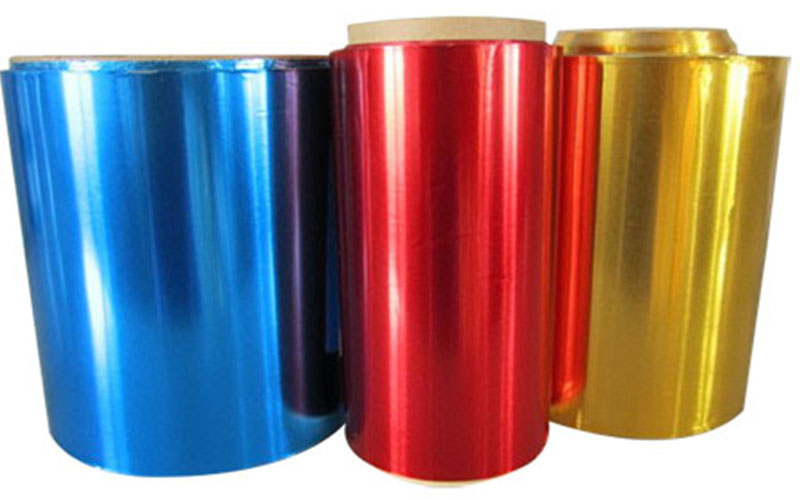Paint Types for Color Coated Aluminum
March 22, 2019
How many types of paints are there for color coated aluminum products? At present Haomei mainly adopts water-based paints, the solvent of which is hydrophilic: acrylic, polyester, polyurethane, epoxy and fluorocarbon.

Acrylic has a high hardness but poor flexibility (based on T-bend tests), suitable as high hardness index coatings for non-machined parts like automobile parts. Currently we apply it to thin color coated aluminum coil rolls (no thicker than 0.04mm). Polyester is better known as PE. The hardness of its paint film is worse than that of acrylic acid, but the flexibility and processability are good. It is a UV-resistant coating that can be divided into matt and high-gloss based on gloss degrees. Polyurethane has a good paint film toughness, excellent adhesion, strong wear resistance yet poor resistance to color changes and powder changes, commonly used in coating of leather and furniture, and less frequently applied as primer for the leather industry and furniture industry, coil aluminum system is generally used for primer of color coated aluminum sheet pieces by some manufacturers. Haomei usually adopts fluorocarbon as primer. The epoxy has good paint film adhesion, strong corrosion and wear resistance yet poor T-bend performance, commonly used as a floor paint and paint for anti-corrosion purposes. In color coated aluminum industry, it is generally used as the back paint (polyurethane foam, Viscose, etc.).
Fluorocarbon, better known as PVDF, proves to be the superior coil coating paint of all paints for color coated aluminum coil sheets, its paint film boasting excellent corrosion resistance, long weather resistance and strong adhesion. Fluorocarbon is widely used as a super weathering material. The most frequently applied series in pre-painted aluminium industry are 2 fluorine (PVDF) and 3 fluorine ( FEVE), both of which display strong abrasion resistance, excellent mechanical properties and long-lasting resistance to fading and UV in harsh weathers and environments. After forming into a film at high temperatures, the molecular structure in the coating is tighter and more weather resistant.


 Nydia
Nydia
 Sales Manager
Sales Manager